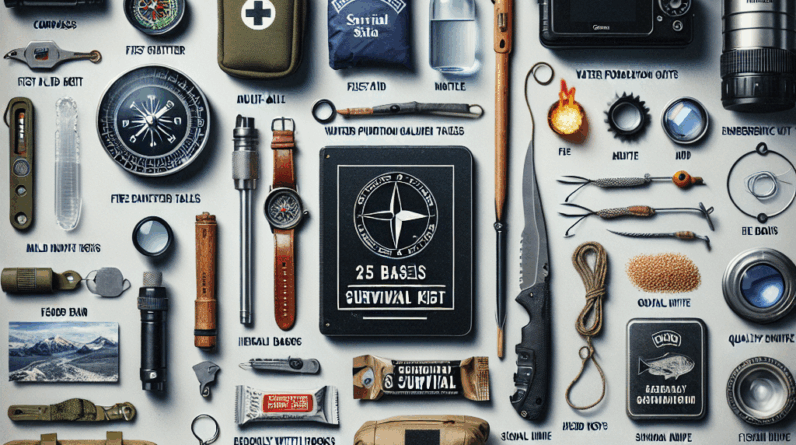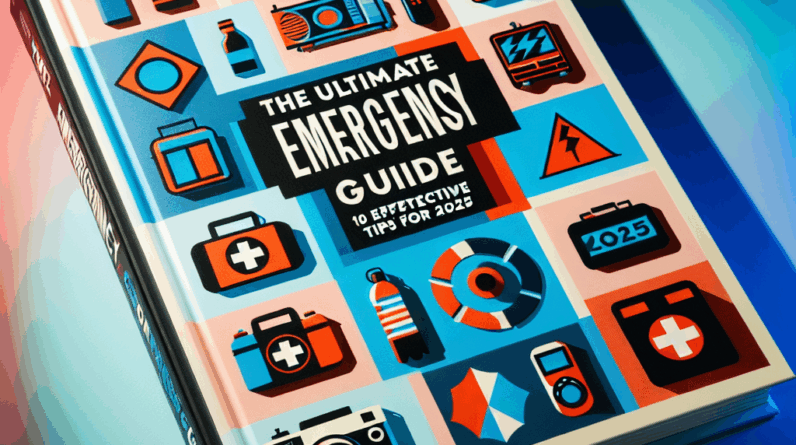Ham radios are not just a hobbyist’s delight but a critical lifeline during emergencies. This guide will walk you through the basics and advanced tips on using ham radios effectively in crisis situations.
Understanding the Basics of Ham Radio
Ham radio represents an intriguing blend of technology and tradition where individuals use varied frequencies for two-way communication. It’s not limited to voice communication; data transmission and international connections are also possible without relying on the internet or cellular networks.
Ham radios are not only about personal interest but are critical in emergency communication setups. They prove invaluable when conventional communication systems fail, ensuring that help and coordination are possible when most needed.
In essence, ham radio allows people to make significant connections and provide essential services during emergencies, offering a means to overcome isolation and maintain communication.
Licensing for Ham Radio Operators
Entering the world of ham radio requires obtaining a license which ensures that all operators have the necessary skills to use the equipment safely and effectively. In the U.S., this involves passing exams that grant you Technician, General, or Extra Class licenses.
The examination covers essential topics like radio theory, regulations, and electronics. Preparing for the exam is made easier with numerous study materials and online resources available.
Achieving licensure connects you with a community of enthusiasts who value preparedness and communication, enhancing both personal growth and public service.
Essential Equipment for Ham Radio
The equipment for ham radios varies from simple handheld devices to sophisticated base stations, tailored to the operator’s needs. Beginners might start with portable radios that are easy to carry and use in various settings.
A typical ham radio setup includes a transceiver, antenna, power supply, and occasionally a microphone. It’s crucial to invest in quality equipment, especially for emergency use, to ensure reliability when it matters most.
Always have backup power sources ready, as emergencies can arise at any moment, necessitating immediate and dependable communication tools.
Setting Up Your Ham Radio Station
# Choosing the Right Location
The effectiveness of your ham radio can depend significantly on its location. Ideal spots are usually outdoors or in high places where signal interference is minimal.
For emergency use, a high location is preferable as it broadens the frequency reach, enhancing the radio’s usefulness during critical situations. Experiment with antenna positions to find the optimal setup for clear communication.
# Testing and Connecting
Once your station is set up, it’s important to test the system by connecting with other ham radio operators, which can help fine-tune your setup and skills.
Engage regularly with the community to keep your handling of the radio proficient, ensuring you’re ready to operate effectively during emergencies.
# Preparedness for Emergencies
Ham radios are vital for emergency communication because they remain operational even when other systems fail. Prepare by practicing with your radio and setting up protocols with your family or team.
Join local nets or groups that focus on emergency communication to enhance your readiness and effectiveness in real-world scenarios.
Utilizing Ham Radios in Emergencies
# Monitoring Essential Frequencies
Staying updated through specific frequencies is crucial during emergencies. Keep your radio tuned to local emergency channels to receive timely updates and instructions.
Maintaining vigilance and keeping detailed records of communications can significantly enhance your preparedness and response capabilities.
# Communicating Effectively
Clear and concise communication is crucial. Use standardized formats like the phonetic alphabet to avoid misunderstandings and convey messages quickly and accurately.
Reiterate important information to ensure it is received and understood, maintaining clarity throughout the emergency.
# Supporting the Community
As a ham radio operator, you can play a significant role in community support during disasters. Joining or forming emergency response teams can be a rewarding way to use your skills for the greater good.
Your involvement not only helps in effective disaster response but also reinforces community bonds in times of need.
Conclusion and FAQs
Ham radios serve as a vital tool for emergency communication, combining the enjoyment of a hobby with the functionality of essential service. Being well-prepared and connected can make a significant difference in emergency situations.
1. Do I need a license to operate a ham radio?
Yes, a license is required to legally operate a ham radio, which you can obtain by passing an exam that covers fundamental aspects of radio operation.
2. What type of radio equipment do I need for emergencies?
Essential emergency radio equipment includes a reliable transceiver, a robust antenna, backup batteries, and a microphone.
3. How can I find local emergency frequencies?
Local emergency frequencies can be found through local ham radio clubs or online databases that list active emergency channels.
4. How often should I practice using my ham radio?
Regular practice, ideally monthly, ensures your skills and equipment are ready for emergency situations.
5. Can I help during an emergency if I’m a beginner?
Even beginners can contribute during emergencies by monitoring frequencies and relaying information, ideally under the guidance of more experienced operators.




